It Started with Taste
Nature gave an answer, before we knew there was a problem!
It Started with Taste
Nature gave an answer, before we knew there was a problem!
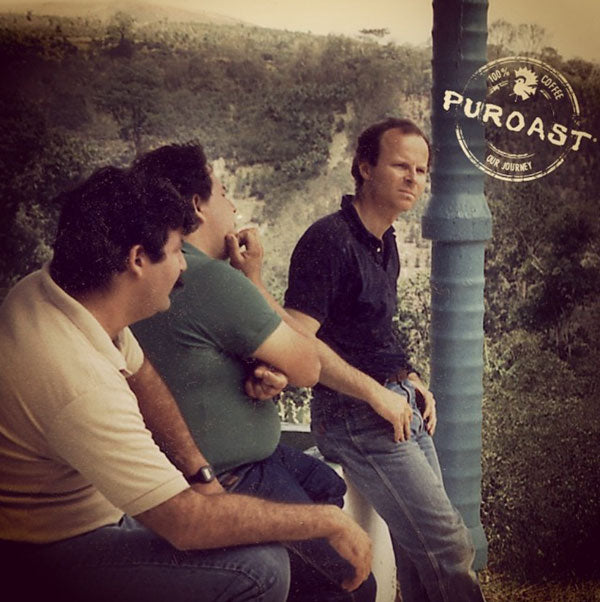
So How Come it Tastes this Good?
We asked, thinking like many of you, it’s the bean they grow, or maybe just the beautiful setting playing tricks on our palate. No, the Grower says with complete honesty – ‘I’d like you to think that it’s only because of the great coffee beans I grow here.
But it’s not – it’s because of how it’s roasted’. So how come they don’t roast this way in the US? He answers, first they don’t know how, and second, it’s very hard to do.
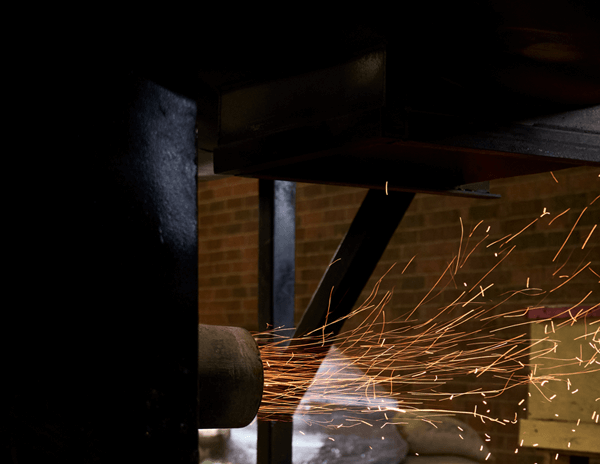
Challenge Accepted, The Hunt is On
The trick to doing this ‘Lost Art’ of roasting has to do with how heat is delivered to the beans. Knowing only what we learned from these Caficultores, we set out to make a machine that could deliver heat in this special way, match the extraordinary flavor, and allow us to bring it all back to the US.
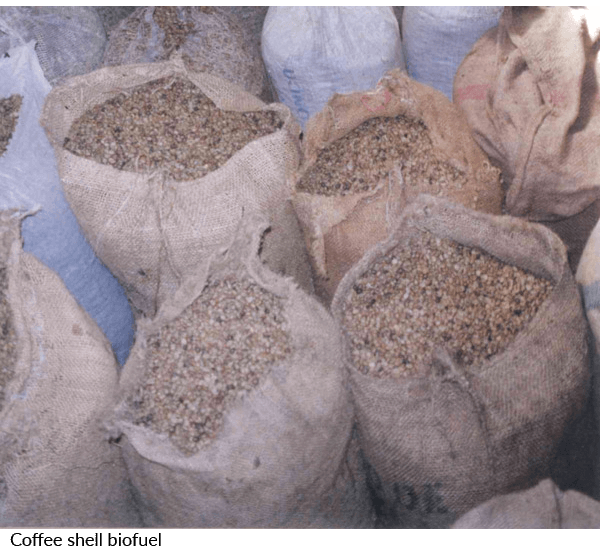
Nature's Answer
But it wasn’t just the machine itself, it also needed the right kind of energy used to fuel it. That ‘right energy’ turns out to be one from Nature - biofuel – and the first biofuel was coffee farm waste shells. They were a natural choice, because they were right there on the farm and made the right kind of heat. So using sustainable biofuel, was a big step forward along this road of discovery.
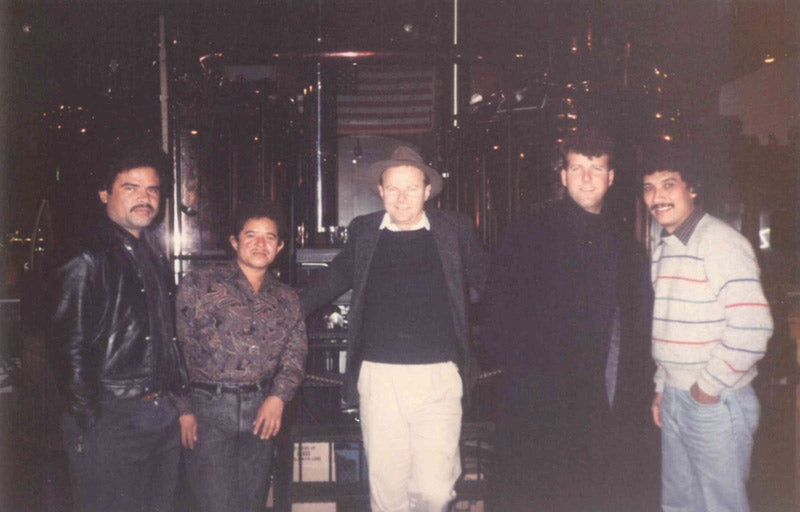
Taste Achieved, Back to the U.S.
With taste approvals from the Growers, and a machine literally in tow, a company is launched by James and Kerry Sachs, and a few Venezuelan gurus to get this Old-made-New roasting up and running. They decide to call the roasting and company the same – and Puroast is brought to life in California circa 1998.
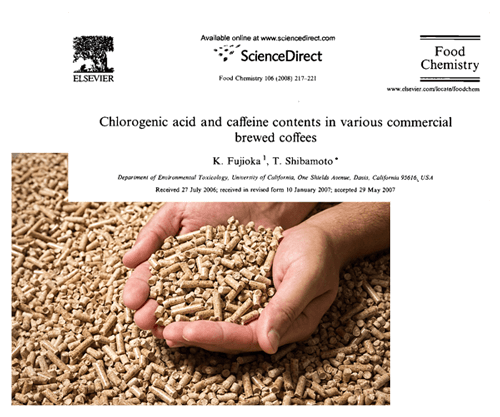
The Problem with Coffee: Acid
Reaction to Puroast by early customers was good, and slowly but surely Puroast was gaining awareness. Nature’s bountiful fuel went from coffee shells of South America, to wood pellets in the US. So what is that Problem Nature solved?
Among the early customers of Puroast, several reported they were drinking Puroast without the same “problem” they got from drinking other coffee. After a lot of investigation, this problem turned out to be Acid. A study by renown scientist Dr. Shibamoto, discovers all other coffees have on average 5 times more acid than Puroast. Enough to make this Acid “problem” go away for most coffee drinkers. Puroast, using Nature, solved what turns out to be a big problem – Acid in Coffee.
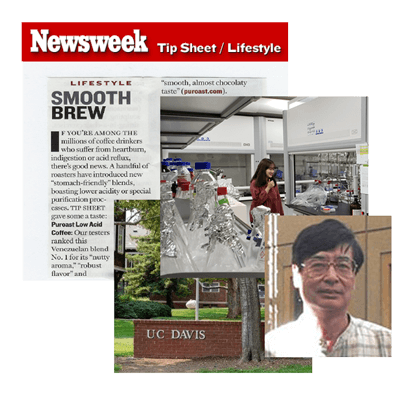
Puroast Invents Low Acid Coffee
Dr. Shibamoto’s groundbreaking paper opened the door to a whole new product category – Low Acid Coffee - invented by Puroast. Stores across the country accepted Puroast as the low acid brand, Newsweek dubs Puroast as the #1 low acid coffee. Now with proof in hand, Its time to go to market.
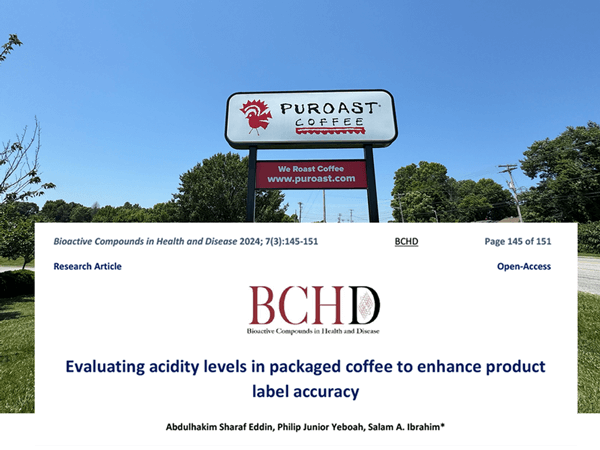
All Coffee is High Acid – Except Puroast
Until Puroast most everyone drank coffee without knowing about its high acid content. And that’s understandable, when you realize that basically every other coffee you can buy is roasted the same way - flash roasting. This very fast, high temperature roast is easy and most anyone can do it. But it has one problem, it creates a lot of Acid. Including for those brands claiming they are Low Acid. A 2024 published study by Dr. Salam Ibrahim, at the NC A&T university confirms these so-called Low Acid coffees are not low acid, and many have more acid than regular coffee. The facts show all coffees, including all other Low Acid coffees are in truth High Acid. That’s because everyone roasts the same flash-roasting or High Acid way. That is everyone except Puroast.
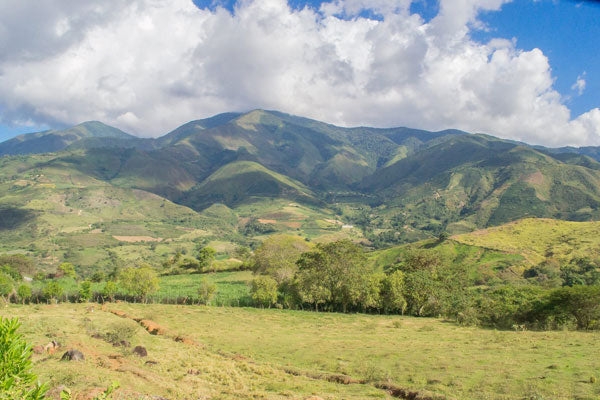
The Answer is Puroast
So this is how the special Flavor and Wellness of Puroast Coffee came to be, and how Nature did indeed provide the Answer to the problem of acid in coffee.
A popular blend in our Miami Coffeehouse that we brought to all our customers, the Coffeehouse Blend is a smooth, medium roast with true low acid, delivering maximum flavor with a finer grind and no bitter aftertaste.
A savory dark roast perfect for any brew method, the Coffeehouse French Roast delivers a bold, low-acid flavor with no bitter aftertaste.
A perfect blend of rich pecan and caramelized bourbon flavors in a smooth, medium roast, offering a dessert-like experience without the sweetness or bitterness caffiene.
Ideal for those super-sensitive to acids and caffeine, Coffeehouse Decaf is perfect for moments that call for a smooth decaf.
Inspired by Andean coffee growers, the House Blend is a medium roast crafted for brewing versatility.
With no bitterness or oily beans, enjoy a strong, rich cup of Dark French Roast that's perfect for pour-over brewing.
An ultimate wellness coffee for sensitive drinkers, this Dark French Decaf offers a smooth, full-bodied dark roast flavor with real low acidity.
Brew on the go! House Blend Pods are perfect for brewing quick at-home or at-work coffee with the convenience of pods.
What's better than a gourmet decaf with balanced acidity? This House Blend Decaf offers a light, smooth & easy-drinking experience without the caffeine buzz or bitter aftertaste.